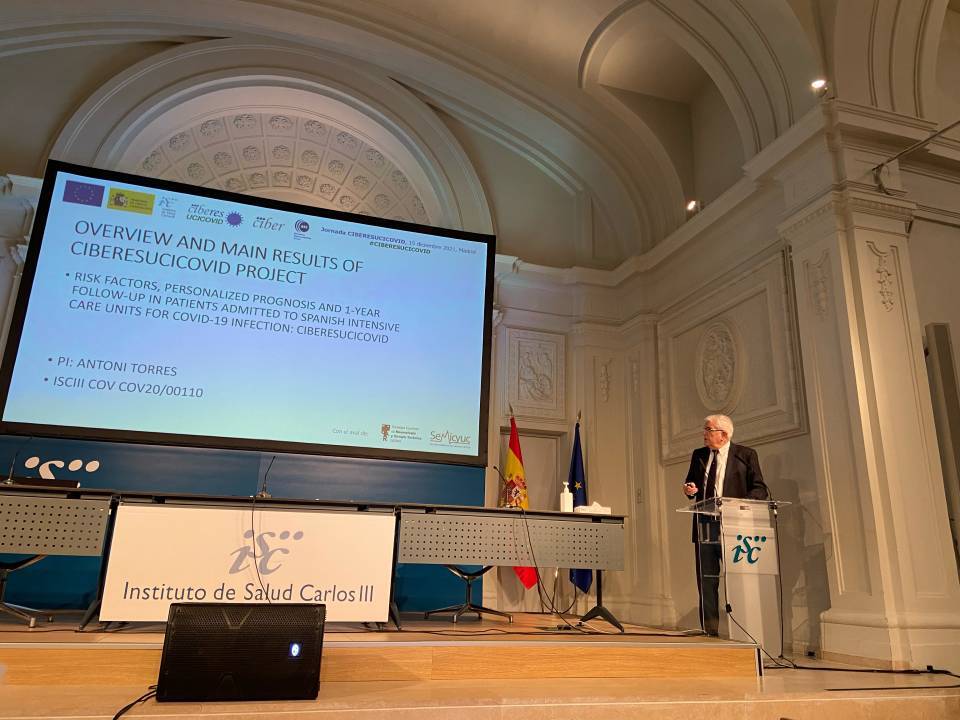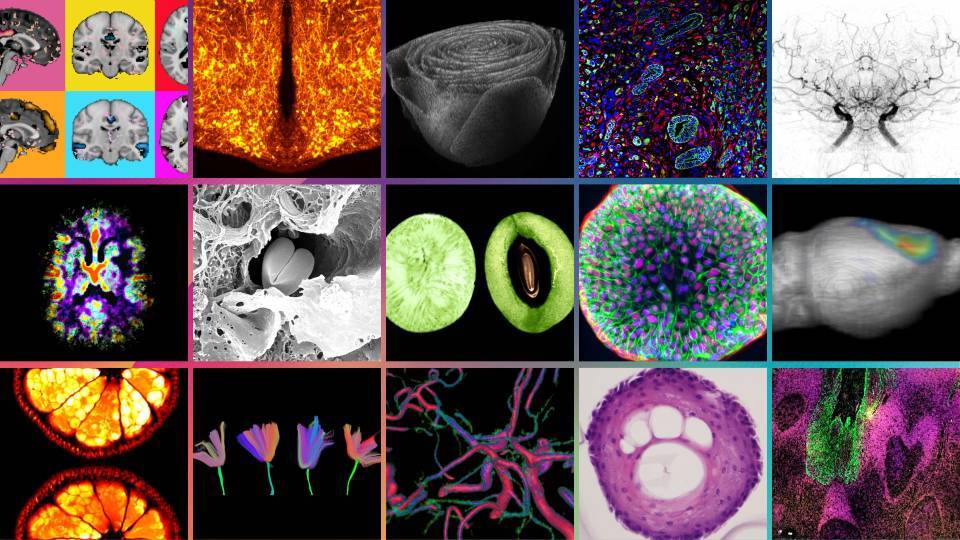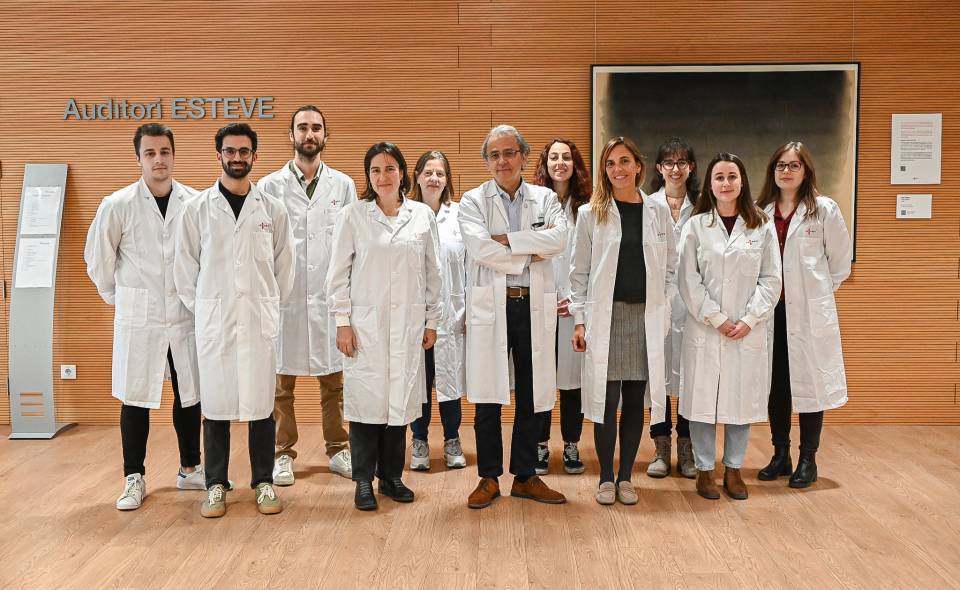In-hospital mortality in patients admitted to Spanish intensive care units (ICUs) during the pandemic was 31% and the factors associated with the worst prognosis were linked to mechanical ventilation, age, initial severity, associated COPD, a drop in the platelet count, and raised creatinine levels between days 1 and 3 of mechanical ventilation. These are the main conclusions of the project Factores de riesgo y pronóstico de pacientes infectados por COVID-19 y seguimiento a un año de los enfermos ingresados en las UCI españolas (Risk and prognosis factors of patients with COVID-19 and 1-year follow-up of patients admitted to Spanish ICUs, CIBERESUCICOVID), coordinated by researchers from the Respiratory Diseases CIBER (CIBERES) and coordingate from Hospital Clínic-IDIBAPS by the pulmonologist and leader of the group Applied research in infectious respiratory diseases and critically ill patients, Antoni Torres.
The project is part of the research set in motion through the COVID-19 Fund in 2020, managed by ISCII; it received total funding of 1,750,000 euros. The study has also received support from the Spanish Society of Intensive Medicine, Critical Care, and Coronary Care Units (SEMICYUC) and the Spanish Society of Pulmonology and Thoracic Surgery (SEPAR) and has involved the participation of the Barcelona Supercomputing Centre (BSC).
CIBERESUCICOVID, which began in February 2020 and ended on 31 December 2021, involved the participation of more than 5,700 patients, admitted to 69 Spanish ICUs, and analyzed 1,068 blood samples for the epigenetic and biomarker studies. Its conclusions highlight mortality 1 year after discharge from hospital, as according to the results, 1% of patients who had been in intensive care died. Furthermore, the CIBERES researchers also identified the acquisition of in-hospital pneumonia during the stay in hospital as a factor associated with persistence of coronavirus symptoms after 3 months. “We have studied the effect on in-hospital mortality of corticosteroids and have found different phenotypes in which some benefit was observed depending on age, initial severity, inflammatory status, and absence of lymphopenia. Our results will therefore help to define which severe patients should receive corticosteroids”, explained Torres.
Lack of Control in Virus Replication is Key
In critical COVID-19, the immune system is unable to control replication of the virus. As a result, the viral material spreads through the bloodstream, while the host response is altered, which is associated with a worse outcome.
According to CIBERES researcher Jesús Bermejo, who also took part in the project, “high levels of viral RNA in plasma, the presence of SARS-CoV-2 protein in blood, which indicates a poor control of virus replication with damage to the alveolar-capillary barrier, and low levels of anti-S antibodies are predictors of a poor outcome, but also potential predictive enrichment markers to better guide treatments with antiviral drugs or monoclonal antibodies in this disease”.
Severe clinical pictures show characteristic profiles in plasma and in bronchial aspirates, which provide molecular information on the mechanisms that mediate the deterioration of the critical patient and “emerge as useful tools in taking clinical decisions”, added Torres.
Similarly, functional and structural lung abnormalities in the survivors of severe clinical cases of COVID-19 are associated with specific transcriptomic and proteomic blood patterns, indicating that the multifactor mechanisms associated with these profiles constitute the basis for developing therapeutic strategies.
The CIBERESUCICOVID project has been the starting point for developing the patient “In Vitro Method For Predicting Mortality in COVID-19 Patients”. The results have been shown in 18 scientific publications, like that published in the Journal of Internal Medicine last October, and have been presented at 9 national and international congresses and conferences, and have received considerable national and international media coverage.




